Forget about that perfectly manicured lawn consisting of short green grass and nothing else. Boldly embrace biodiversity instead by turning that sterile lawn of yours into a mini-meadow or wildflower lawn of diverse proportions! The Earth will thank you, though your neighbors may raise an eyebrow or two. Let them.
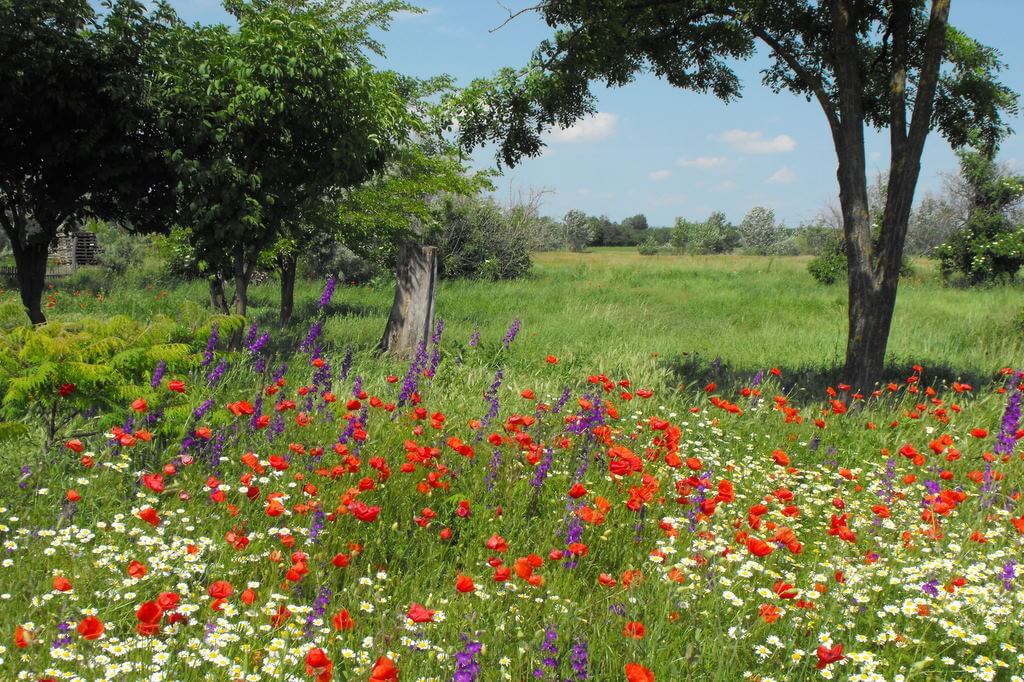
There is no better feeling in the world than enjoying a steaming mug of herbal tea or hot coffee with your bare feet in the dewy wildness of it all, and the bees beginning to buzz around you. Meadows are pollen-rich havens for insects (and wonderful for your emotional well-being) as you get to spend more time outside directly involved in nature.
Related Post: Plants That Will Help Save The Bees
Allowing beneficial herbal “weeds” to grow means that you get to keep your dandelions too. Did you know that the entire dandelion plant is useful from root to blossom?

And there’s more to it than just having a yard to host bees and common dandelions. You’ll also start attracting other visitors including hedgehogs and birds, poppies, valerian, and knapweed. Of course, there’s more than one way to turn your green lawn into a salubrious meadow. Let’s examine two to start the mindset swap.
How to Turn Your Lawn Into a Meadow
If you’re still on the fence about taking the plunge into tall grass, you can ease into this process by lifting the blades on your mower to the highest setting and see what happens. Instead of mowing weekly, shoot for monthly instead, and allow plants to pop up naturally. You could also overseed your lawn with a wildflower mix.
Related Post: Why You Should Keep Your Dandelions
If you are full-out convinced that you should remove your lawn, then go ahead and scythe twice a season — not more — as if you were harvesting hay from the land. You can then use the excess green matter to mulch your no-dig garden, no matter what the time of year.
Why You Should Consider Removing Your Lawn
Traditional lawns take a lot of time and money to maintain, yet their benefits to the environment are limited. There are multiple ways to green your lawn by focusing on low-maintenance tactics such as using push mowers (difficult in their own way), refusing to use a leaf blower, or leaving the clippings on the lawn. That being said, work is still work.
Nature really does know what’s best when it comes to efficiency. The ground wants to be covered for a reason: to prevent erosion and water runoff. Leave growing to the experts (in this case, Mother Nature) and your wildflower lawn will be benefiting insect populations in no time at all.
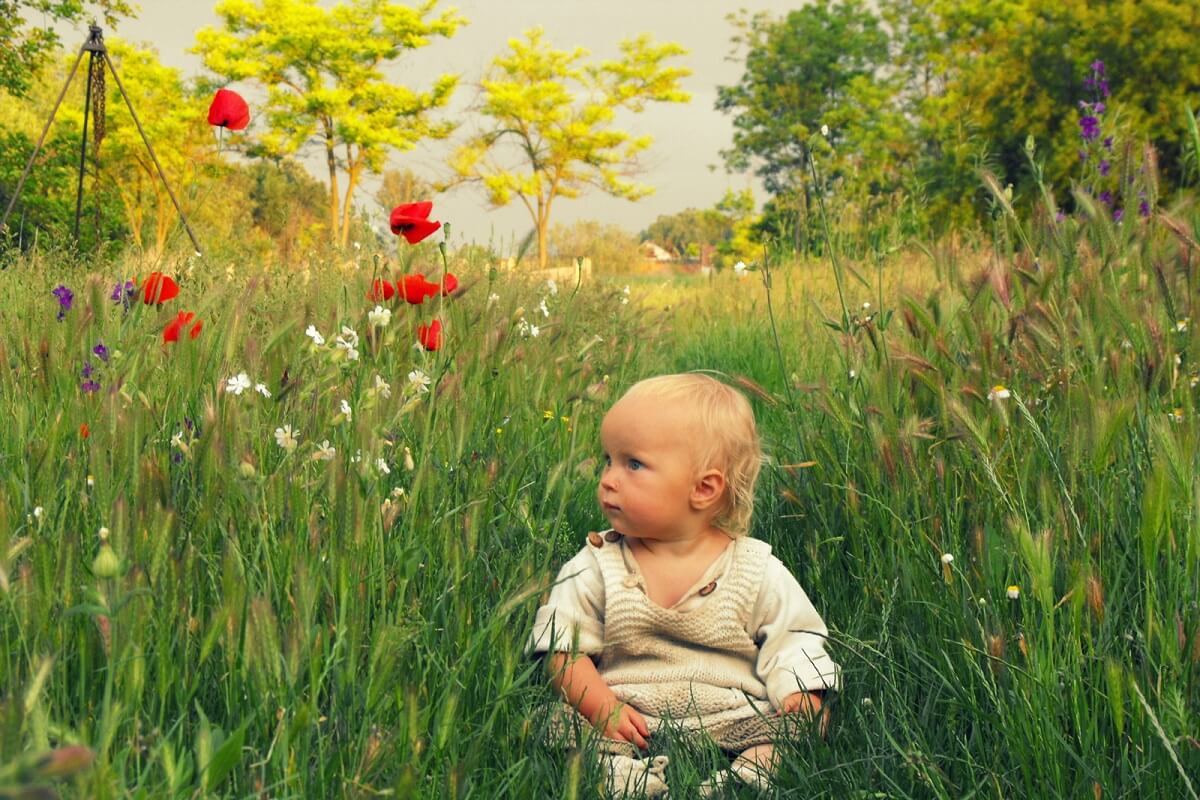
Studies show that 40% of insect species are in decline, and this situation must be halted if we love our gardens and orchards. With diverse fruits and vegetables comes a diversity of flowers to feed insects. We live in series of interconnected webs, and we must honor them all. Removing your lawn to favor biodiversity gets us one step closer to a sustainable future.
The Benefits of Removing Your Lawn
Patience is your friend as you wait for wildflowers to take their place in a newly created ecosystem. Your patience is rewarded with a bounty of blossoms, vibrant colors, and the sweet songs of birds. Some of us remove our lawns in order to grow gardens that produce food for us to eat, others will remove their lawns in order to cut back on physical work.
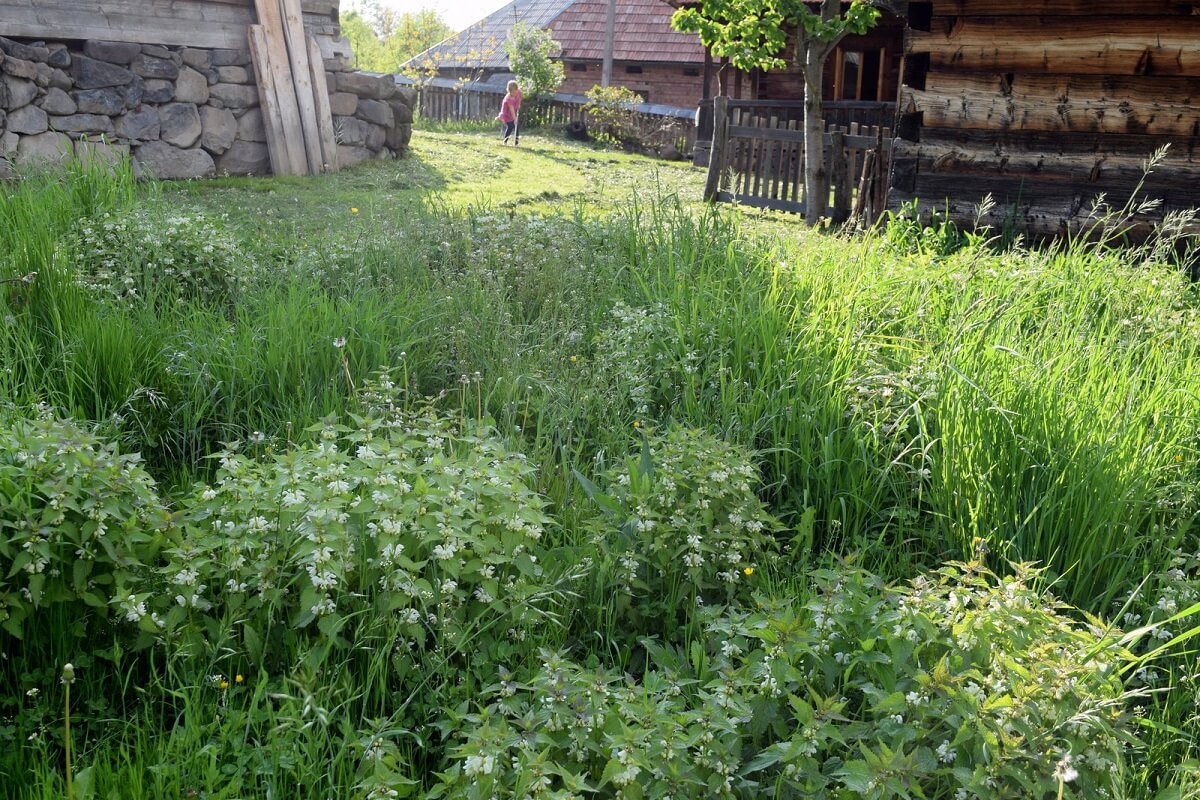
No matter what reason you choose, you can reap the benefits of foraging your own yard for plantain, nettle, chickweed, and red clover as medicinal plants to make your own tinctures. At the same time, you will be creating a unique habitat that attracts butterflies and other crawling creatures.
Related Post: Pollinators
You can maintain it just two or three times a year and let nature take its course. Removing your lawn will benefit everyone and everything, as well as improve the water retention of the soil underneath your feet.
Why Grass and Traditional Lawns Aren’t Ideal for Pollinators
Traditional lawns are green deserts that are unwelcoming for both insects and birds. On top of that problem, perfect lawns are often sprayed with herbicides and insecticides as a maintenance procedure to try and keep them pristine. “Try” being the keyword here; lawns ache to be wild, and they can be once again if we stand back and watch.
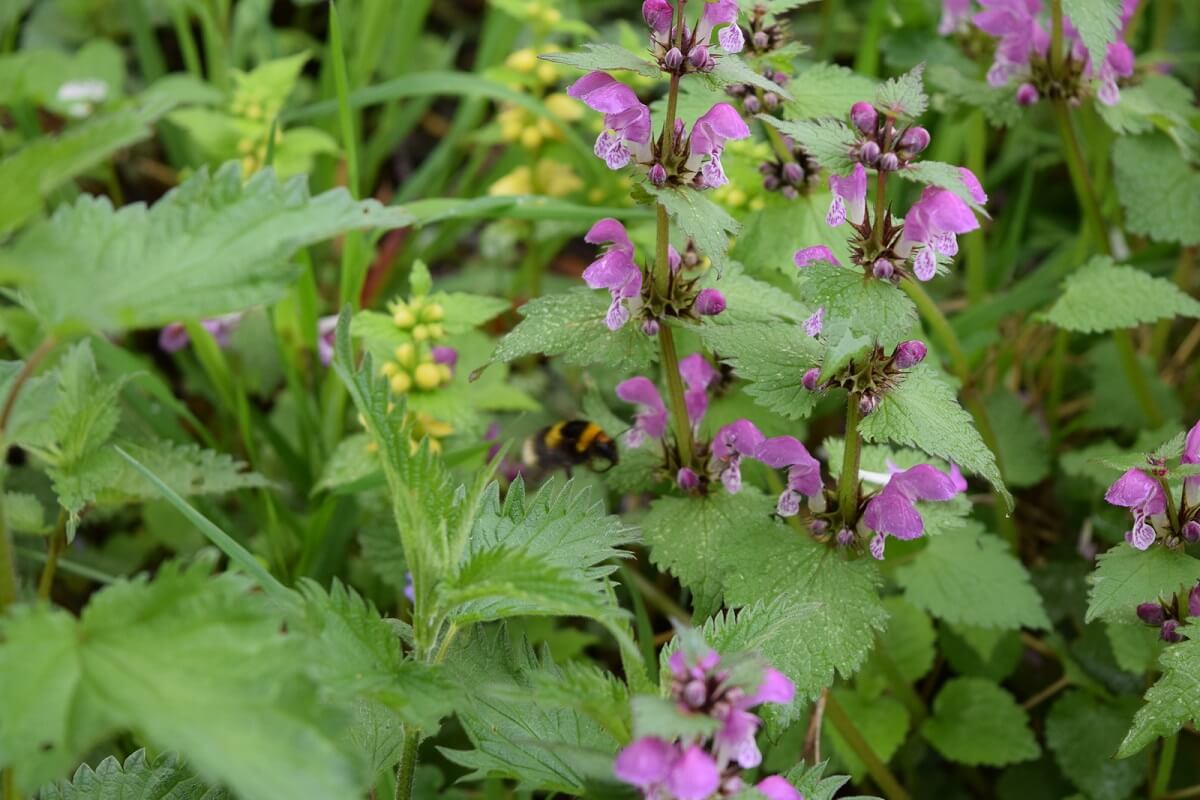
In order to attract pollinators to our backyards, we need to rethink what a beautiful lawn means to us. Short grass isn’t going to cut it in terms of providing much-needed pollen, so when you are tired of plain green, let other native plants move in to make a stunning difference. Depending on your location, your wildflower lawn may include:
- Violets
- Wild geraniums
- Bluets
- Speedwells
- Wild strawberries
- Spring beauties
- Wood sorrels
- Cinquefoils
- Asters
- Chickweed
- Cowslip
- Knapweed
- Lady’s bedstraw
- Plantain
- Selfheal
- Yarrow
How’s that for a multi-species lawn? There are plenty more wildflowers that can be thrown into the mix, though it may take some time for them to get established.
Related Post: 32,000 Years and Counting: Re-Seeding the World’s Oldest Plant
Lawn Alternatives That Are Pollinator-Friendly
The invention of the lawnmower in the 1830s brought about a grass revolution. Up until then, meadows were managed either by scythe or grazing goats. It was a luxury to own such a plot of short grass, but now “the grass truly is greener on the other side” with wildflower lawns being the sought-after backyard scene.
Pollinator-friendly lawns shift the focus from lawn grasses that are pollinated by wind, to plants that need insects for pollination such as clover, creeping thyme, trefoil, lamium, and ajuga. You’ll have to get comfortable walking through a taller green space in order to aid the beneficial pollinators.
Why You Should Turn Your Lawn Into a Meadow
Attract Wildlife
As cities sprawl and creep across the land, so are lawns encroaching on space that should be reserved for wildlife. And as we replace all or part of our lawns with wildflower meadows that provide food and cover, we are able to attract all manner of wildlife.
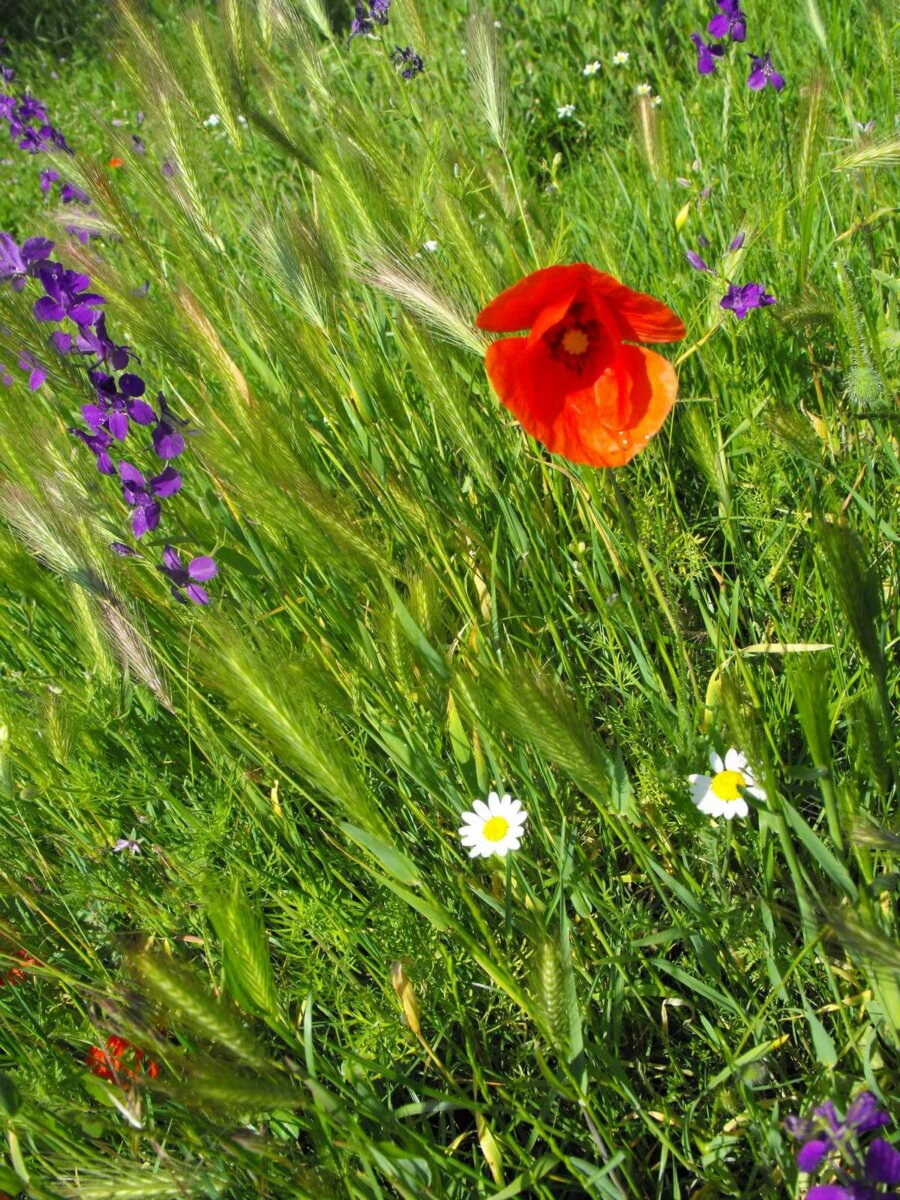
By seeding a mix of annuals and perennials, you may be providing nectar for hummingbirds, as well as larval food sources for butterflies. Seeds can be eaten by songbirds, and the tall plants will provide shelter for insects.
Increase Biodiversity
Your wildflower lawn will not be as neat and clean as a traditional lawn, yet we need to break some traditions in order to progress. Meadows can contain up to 100 species of flowering plants!
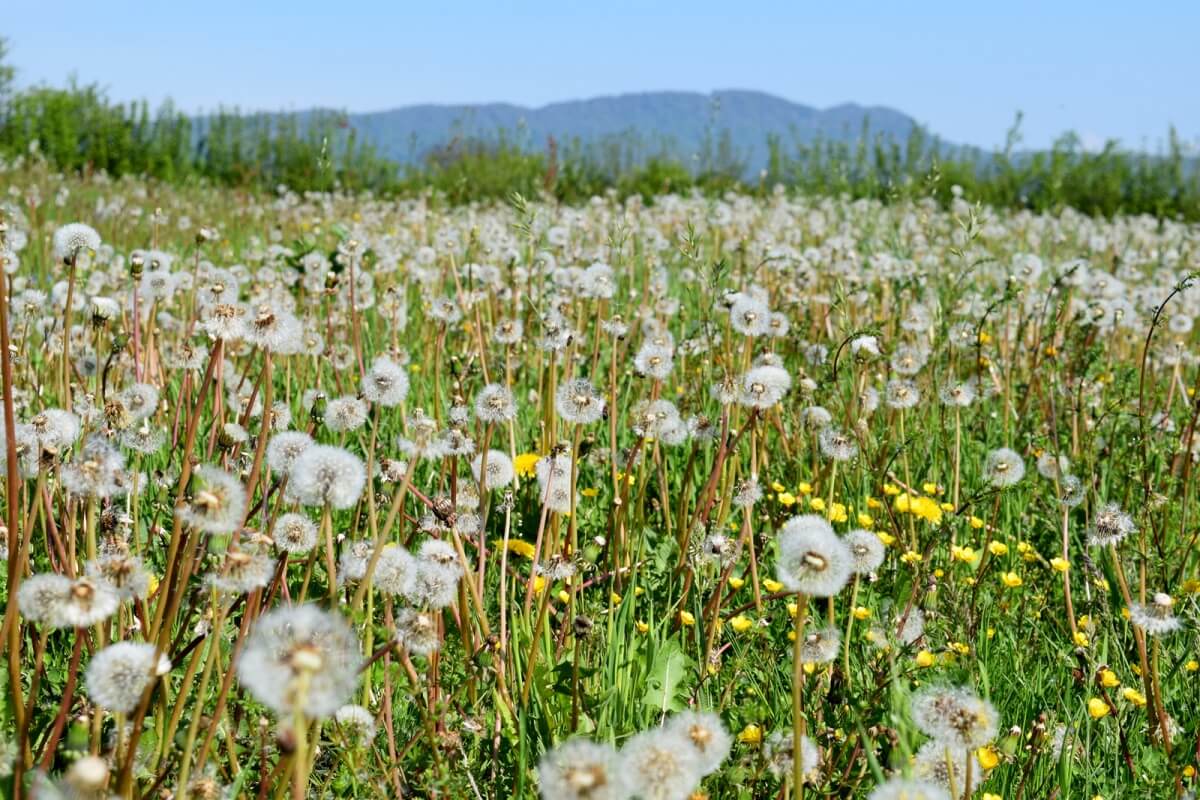
And a wild lawn is about more than just plants, it attracts a diversity of insects and small mammals with it, increasing biodiversity with every season.
A Wildflower Lawn is Beautiful!
Perhaps we have forgotten just how much wildflowers bring us calm and peace. Imagine as you go outside, take a deep breath, and stare in awe at the nature that surrounds you …
“If all flowers wanted to be roses, nature would lose her springtime beauty and the fields would no longer be decked out with little wildflowers.” — Thérèse of Lisieux
Easy to Maintain
Rather than mowing your lawn every week, now you get to scythe twice a year. Yes, the work is physical, but it is also a wonderful exercise that keeps you fit just as gardening does. A wildflower lawn is low-maintenance, requires little water input, and does not require a green thumb to keep it appealing all year long.
Return Land to Nature
Prairies and meadows are habitats hosting a diverse population of animals (especially insects) and plants. Sadly, they have been on the decline for the past half-century. Tractors and mowers are to blame just as much as our aesthetic grappling with the wildness of letting things grow.
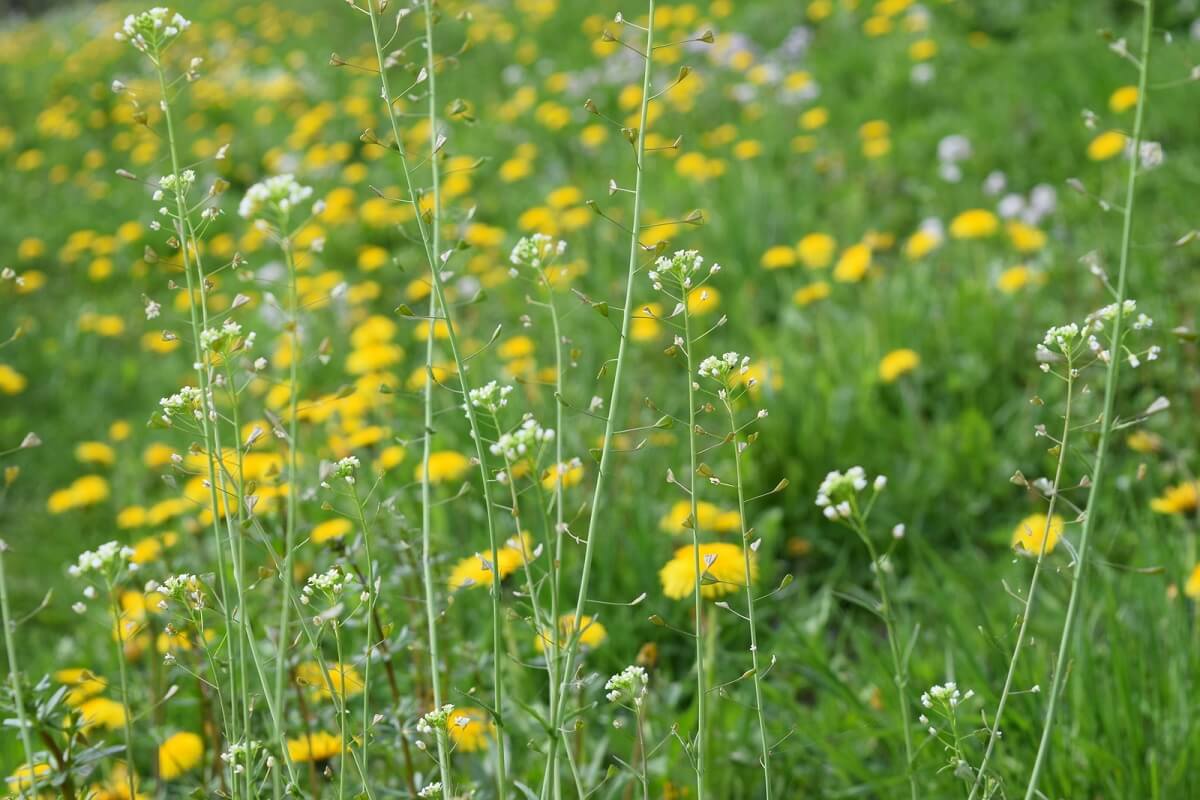
And yet, meadows can easily be brought back into the spotlight. Whether you are converting an existing lawn, starting a wildflower lawn from bare soil, or overseeding an old meadow, know that you are creating a beneficial living landscape. Read more about the return of the meadow at the Wild Seed Project.
Are you ready to turn your lawn into a meadow? Tell us all about your wildflower lawn in the comments below!
Resources:
- Dandelion – A Backyard Herb With Many Benefits, Wellness Mama
- Wildflower Lawn Seed Mix, Wild Flower Lawns and Meadows
- Growing a Wildflower Lawn or Mini Meadow, Flowerpotman


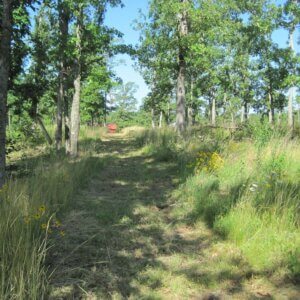
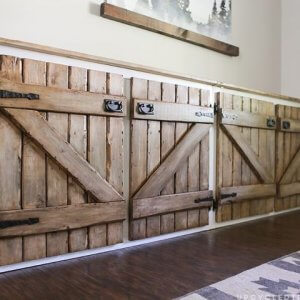
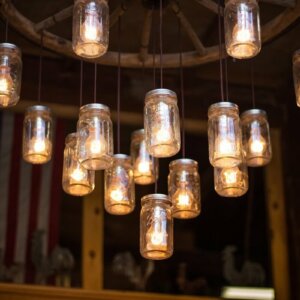


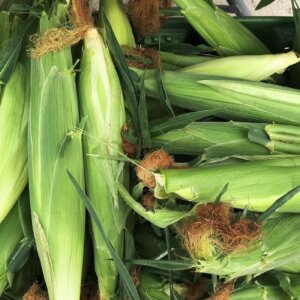
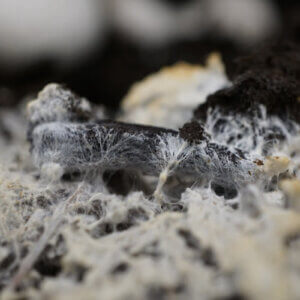

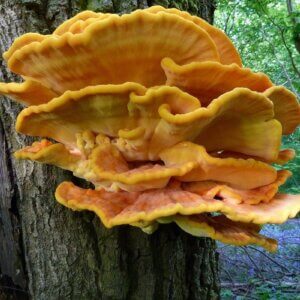
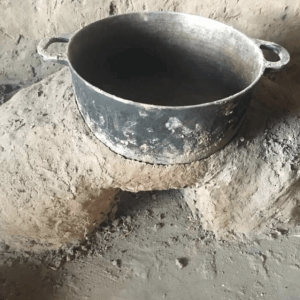

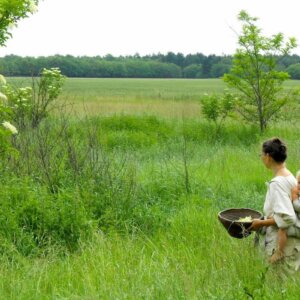

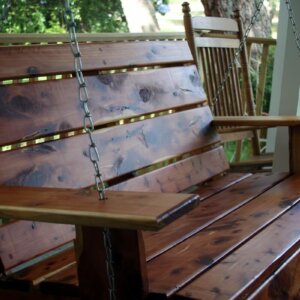
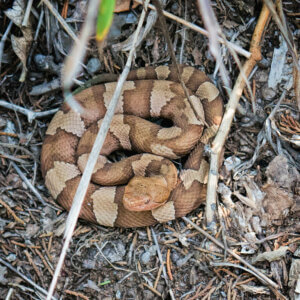
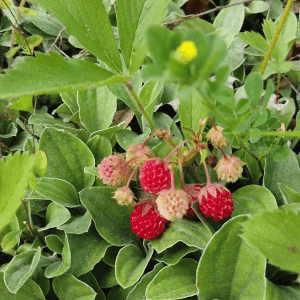

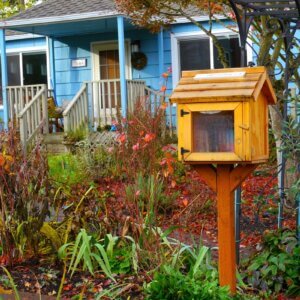


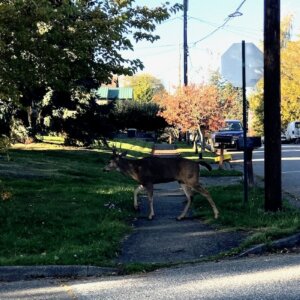

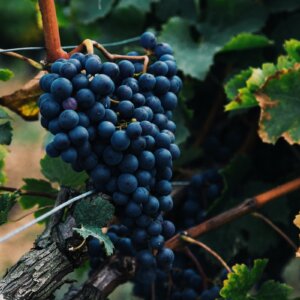
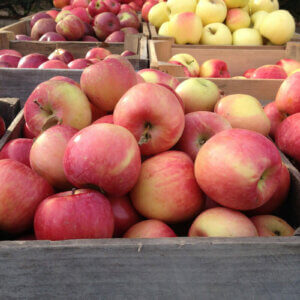



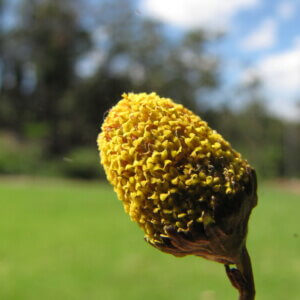
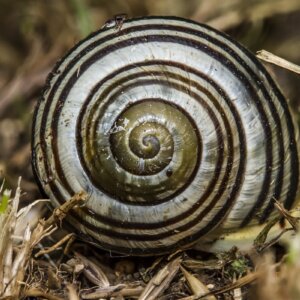



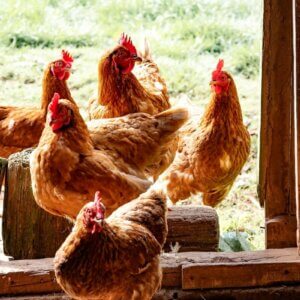


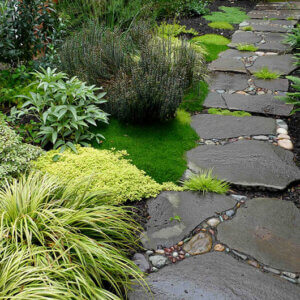



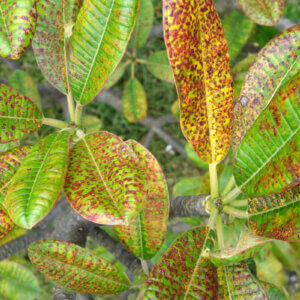
I live in a city in northern Indiana, USA and am dancing with our Codes office very carefully. They were giving us the stink eye about our lawn at first but are warming to it as we’re now offering homes to tree frogs and lots of pollinators. Adding in a meadow area was crucial and it’s ablaze with wildflowers (we simply scatter-sowed a premixed assortment of perennials. Our neighbors think we’re daft but we’re not the ones out there mowing twice per week 😉
Have you heard of getting your yard certified as a wildlife habitat? (National Wildlife Federation link here–>https://www.hgtv.com/outdoors/gardens/animals-and-wildlife/how-to-create-a-certified-wildlife-habitat and another link for Audubon certification here–> http://www.aswp.org/pages/backyard-habitat-program ). You get an official-looking sign, and maybe it would turn away some of the ignorant stink-eyes!
It is so wonderful to hear more and more stories like this! You are doing an incredibly wonderful thing for wildlife, allowing it to thrive in your backyard. Nature is not ours to conquer, it is a common place to share. Thank you!
Yes Yes YES!! I’ve been hating on “modern” lawns for years, those sterile, barren wastelands of imported grasses that offer absolutely nothing to anyone except runoff. The history of where lawns originated is fascinating, and depressing, as you probably are familiar–just a elite status symbol that worked its awful way, inexorably, into the modern culture.
Our Ozark homestead is so far outside of city limits that we’re not even technically in a city, and we love that. No stupid homeowner’s association breathing down our necks to “mow the lawn!” Instead, we have an abundance of glade and prairie wildflowers–and the diversity of them increases by the year. It’s like a wonderful treasure hunt. My treasures this year included yarrow, various echinaceas, spiderwort, strawberry, blueberry, beardtongue, alumroot, violets, rose verbena, daisies, baptista, and a whole lot more native flowers that I’m just learning about. Your article is beautiful–and I totally agree. I hope more people read it!! Finding tea from your land is so satisfying (we call it our “old field tea”), medicinals are literally growing out of every corner, and the butterflies are nearly as abundant as the flowers.
And, as a final note, scything is just such a satisfying, beautiful art. We love making hay and straw the old, quiet way.
I always appreciate your thoughtful and experience-based articles. Thanks for sharing!
It seems that it does indeed take moving out to the countryside to find more diversity in nature! I loved reading your list of treasures this season and am thrilled that you know many of them by name, I am still learning new ones all the time. At the moment the grass in our hay field is 4 to 5 feet tall in places, yet the under layers are so fascinating with little splashes of color, and the comfrey in the field is alive with buzzing bees. The bats are happy with their insect harvest, just as the barn swallows are feasting. When we share our space, there is enough for every living creature.
And yes, scything is not only great exercise, but carbon-friendly too! Thank you for sharing a bit of your homestead story.
I would love to let my lawn go to meadow but I live in tick-laden central New York. Won’t that increase their habitat, their numbers and my family’s risk of contracting Lyme disease? Thanks!
If your yard receives plenty of sun, then you may be alright with a meadow for a lawn. Ticks are at risk of drying out in daylight and need sufficient moisture for survival. If your lawn is large enough, you could always mow pathways to make it easier (and tick-free as they love to climb!) to navigate. Increasing biodiversity with native plants always has challenges, in this case, you may increase the ticks habitat, at the same time you may also create the ideal habitat for tick eaters. Opossums may just move in and keep the population down!
Here are a couple of resources to better help you decide:
https://wildseedproject.net/
https://www.mnn.com/earth-matters/animals/blogs/opossum-natural-low-cost-way-reduce-ticks-prevent-lyme-disease
Love this! I refuse to have a “lawn” someday when I own my own place. Plus most of the grasses that cause allergies are those that are not native which we decided to plant. So a natural field is also better for your health!
And there are so many wild edibles hiding in the density of it all! Not to mention the butterfly attraction, the hedgehog habitat and wild life in general. Meadows are definitely better for the health of us all!
https://www.flickr.com/gp/23264388@N07/xEicz6
A year ago we bought a 1 acre field on the Olympic Peninsula to start our retirement farm. Our goal has always been to help the pollinators, allow the deer to roam, build a small hoop house to grow some food, and enjoy the outdoors of the Olympic Peninsula. So far, the land is completely undisturbed while we button up our city wildlife sanctuary. Our plan is to keep a minimal footprint, while enjoying nature.
Knowing that I’m not alone in my views will be helpful when the neighbors come with their mowers…
Imagine that you too can be of inspiration to your neighbors! When they hear and see the diversity of wildlife that you are attracting, they will consider following suite.
A great trick I have learned, especially if living in a “neighborhood,” is to grow a neat hedge around the perimeter of your wildflower field. This can be typical evergreen hedging or a thick stripe of chives, rosemary etc. Just keep it clipped and neat and whatever is inside this border will be much more acceptable to your neighbors. Our problem is the briars and vines that show up when we quit mowing…
Oh, THANK YOU, Wren Everett! My city and (one) neighbor have had a hissy fit about leaving things natural for the wildlife…the city wants nothing over 6”, yes, six inches, in the front yard, no way! Everyone would have to take our trees and shrubs. They’ve argued about what is grass vs weeds. Some people have 10’ tall decorative grass, others get flak for just as decorative grass. The city claims it is all about who complains about whom (so we get childish vendettas).
This came about when one of my next-door neighbors decided he wanted to tell me how to landscape my yard for his viewing pleasure, and of course I told him what he could do with that idea. He is the only one on the block who poisons his yard for every possible weed or bug, and has it always mowed to a precise length…no one else does that. I was on the block first, so too bad for him.
I let my evergreen ivy on the house grow very bushy on most of 3 sides (it provides great protection year ‘round), because I have all kinds of birds living in there year ‘round, they’ve come for winter, rather than leaving for winter (it’s 35° F as I write), and there are also butterflies and praying mantises and all sorts of critters that live in there. The bees come by the thousands (I counted the average per square foot one year, about 10-12 per square foot, easily a few hundred + square feet of ivy, loaded with honey bees).
I leave a high “weed” area in the far back, because the butterflies asked me to (it’s their condos in the summertime!). I don’t even apologize for talking to the trees or any of the critters, I consider people crazy to not talk to them…and listen and watch. They do actually interact and communicate to anyone who gives them the time of day. (You should see what the crows think the neighbor in question, it is very amusing. They throw a complete fit every time he comes out of the house. I know he’s gone out there just by how they react.)
Birds, bees, butterflies, cats, dogs, all sorts of visitors follow me around the yard while I’m out there. I love it! And now, you’ve given me ammo to fight back, and a sign to encourage others to get rid of their rockslides and mulch dumps they call “environmental” and actually plant a habitat. It doesn’t take much water, even in a desert, just grow what wants to grow, and nurture the few extras a little by hand!
I already have all the requirements for a habitat certification. Yea!
It’s easy to get a few 1/2 gallon to 1 gallon sized heated water dishes and put them around the yard, (and just not plug them in for summer), and take one of them and put it up high with a landing spot, fill it full of river rocks and even a few sticks, so the birds can easily and safely land to get a drink. Much cheaper than an official bird bath ($50-70), they get as low as $15 on sale and they’re very good, they’ve lasted 3-4 seasons already, and there’re plenty of rocks and sticks around.
I thank you ever, ever so much! For every tree the neighbor cuts, I plant 2-3, and let the wild ones grow (he shouldn’t have been so snoopy and creepy, I might have trimmed those back, but they became necessary for privacy). I hope to get the meadow in full swing this year (2nd year for some of those flowers that take 2 years to establish).
A few well-positioned tree branches, acquired from being downed in various storms have made a great happy playground for squirrels, and for the community cats who keep our neighborhood free of mice and rats (and I’ve also watched them forage in my garden for beetles, crickets, grasshoppers, and even slugs after a rain… and that silly neighbor actually thinks that they are eating his produce in his garden (no, silly man, they do not like produce, they are performing pest control, slugs and bugs are a delicacy for them!). I think he should be looking towards the raccoons and the bunny rabbits for that “offense”…he isn’t very bright.
I just plant enough for all the critters to also have some, and not worry about it. It’s not just my yard, it’s theirs, too! We share, it’s our outdoor living room. So much more delightful! And now, I can protect it all, thanks to your links!
????
I love, love, love your comments! I feel the same way. I am slowly but surely, turning my backyard into a meadow with wild flowers with less and less grass, and a thick, tall, fast growing hedge for MY nosey, creepy neighbor! I also container garden vegies and fruit in my back yard. Once the back is well established I plan to begin work on the front yard. That’s when the fight with the HOA will begin! I’m going to leave them a swath or two of green grass but the rest is gonna be wild flowers and meadow grasses. Some of the other neighbors are wanting to do the same thing and are waiting to see how my changes fare with our HOA! I’m up for the fight. Mother Nature must always win.